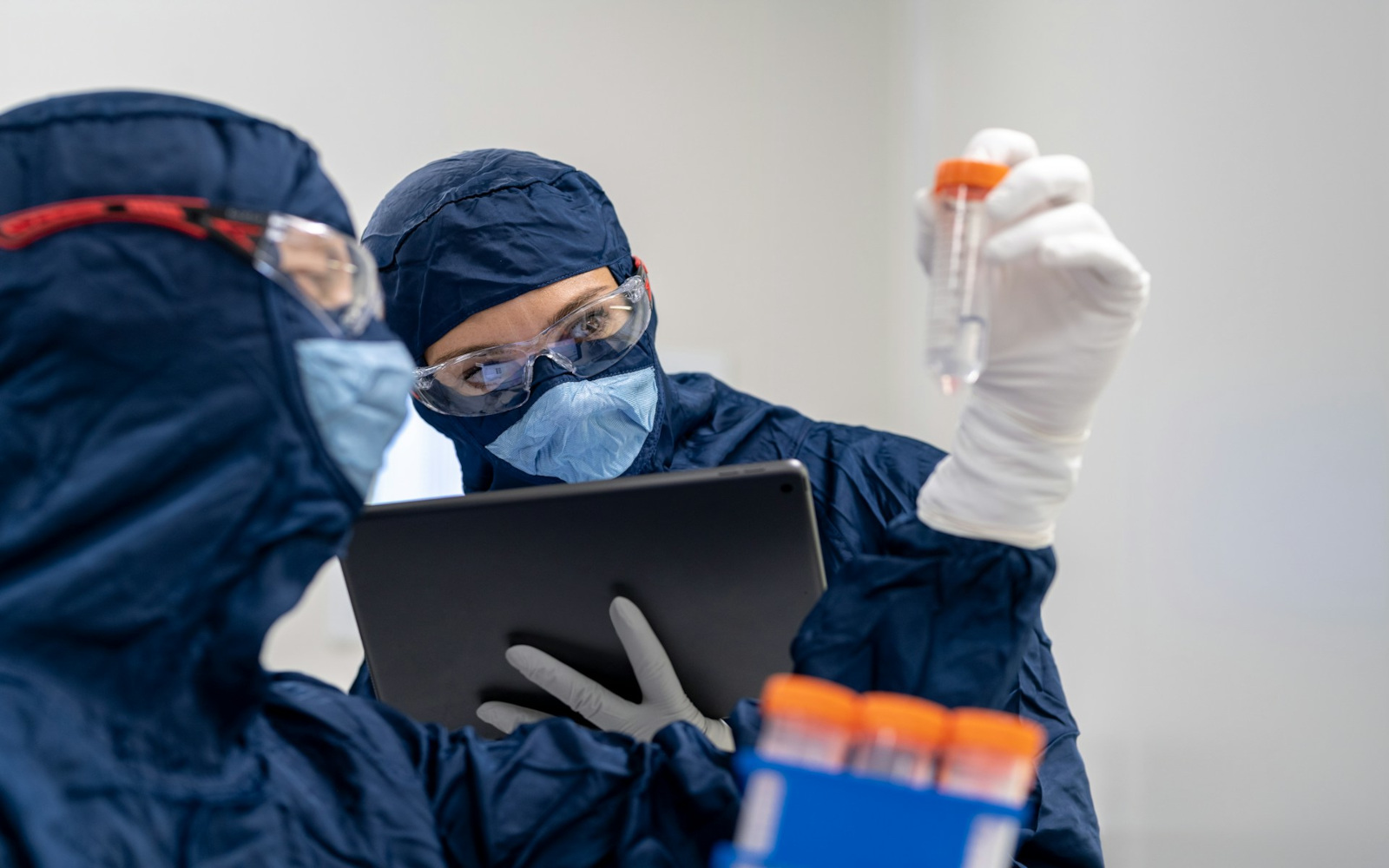Environmental monitoring plays a crucial role in assessing and managing the quality of air, water, and soil. It involves the detection and measurement of various gases that can pose health risks and environmental hazards.
This article explores the common gases monitored in environmental settings, their uses, associated risks, advanced gas detection technologies, and best practices for effective monitoring.
Common Gases in Environmental Monitoring
- Carbon Monoxide (CO): A colorless, odorless gas produced by incomplete combustion. It is a significant pollutant in urban areas due to vehicle emissions and industrial processes. CO is highly toxic and can cause serious health issues, including headaches, dizziness, and even death at high concentrations.
- Methane (CH₄): A potent greenhouse gas that contributes significantly to global warming. Methane is released from various sources, including agriculture (especially livestock), landfills, and natural gas systems. Monitoring methane levels is crucial for both environmental protection and safety, as it is also highly flammable.
- Nitrogen Oxides (NOx): These include nitric oxide (NO) and nitrogen dioxide (NO₂), which are significant pollutants from vehicle exhausts and industrial emissions. They contribute to the formation of smog and acid rain and pose respiratory health risks.
- Sulfur Dioxide (SO₂): Primarily produced by the burning of fossil fuels and volcanic activity, SO₂ can cause respiratory problems and contribute to the formation of fine particulate pollution and acid rain.
- Volatile Organic Compounds (VOCs): A large group of chemicals, including benzene and toluene, that can evaporate and contaminate the air. VOCs are emitted from various sources, such as industrial processes, vehicle emissions, and household products. They are harmful to human health and contribute to ground-level ozone formation.
Risks and Uses of Gas Detection in Environmental Monitoring
Monitoring these gases is essential for several reasons:
- Health Risks: Many of these gases can cause immediate and long-term health effects, including respiratory issues, neurological disorders, and cancer. For example, prolonged exposure to high levels of VOCs can damage the liver and kidneys.
- Environmental Impact: Gases like methane and CO₂ significantly contribute to climate change, while NOx and SO₂ can lead to acid rain, affecting ecosystems and infrastructure.
- Regulatory Compliance: Monitoring and reporting gas emissions help industries comply with environmental regulations and avoid fines or sanctions.
Advanced Gas Detection Technologies
Environmental monitoring employs various advanced gas detection technologies to ensure accurate and reliable data collection:
- Infrared (IR) Detectors: These are widely used for detecting gases like CO₂ and methane. They work by measuring the absorption of infrared light by gas molecules, providing precise concentration readings.
- Electrochemical Sensors: Commonly used for detecting toxic gases like CO and NO₂. These sensors produce an electrical current proportional to the concentration of the target gas, offering high sensitivity.
- Photoionization Detectors (PIDs): Ideal for detecting VOCs, PIDs ionize gas molecules using UV light and measure the resulting ions, providing real-time data on VOC levels.
- IoT and Real-Time Monitoring: The integration of IoT technology allows for real-time data collection and analysis, facilitating immediate responses to abnormal conditions. This technology can trigger alerts and automated processes, such as system shutdowns, to prevent environmental disasters.
Best Practices and Safety Protocols
- Regular Calibration and Maintenance: To ensure the accuracy and reliability of gas detection systems, regular calibration and maintenance are essential. This includes checking sensor functionality and replacing aging components.
- Comprehensive Monitoring Strategy: A layered approach using both fixed and portable gas detectors provides thorough coverage. Fixed detectors offer continuous monitoring, while portable detectors can be used for spot checks and in confined spaces.
- Data Analysis and Actionable Insights: Utilizing the collected data to identify trends and anomalies helps in proactive environmental management. This can involve adjusting operational practices to reduce emissions and improve efficiency.
- Emergency Preparedness: Developing and maintaining an emergency response plan for gas leaks or accidental releases ensures that appropriate actions are taken to protect public health and the environment.
Effective gas detection is critical in environmental monitoring to protect human health and the environment. Interscan provides reliable gas detection systems tailored to various environmental applications.
For more information or to request a quote for Interscan’s gas detection systems, contact us today. Implementing these systems can significantly enhance safety, regulatory compliance, and environmental stewardship.


